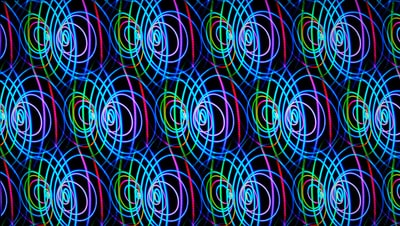Nuclear fission is used in nuclear power stations to produce energy.
- Nuclear fission is where a nucleus is split.
- The neutrons released can be absorbed by other nuclei which makes them to split causing a chain reaction.
- Nuclear fusion involves two atomic nuclei are joined together
- Nuclear fusion is used to release energy in the Sun and other stars.
- Basically it involves hydrogen nuclei joining together and forming a helium nuclei.
——————————————————
TEST IT!
1. Nuclear power stations use nuclear fission to produce energy.
a) What is meant by nuclear fission?
b) Fill in the missing words from the paragraph below using the words provided.
– nucleus neutron chain split
The fission of uranium 235 is usually started by a ________. When the ________ splits neutrons are produced. These then go on to________ other atoms. This effect is known as a ________ reaction.
2. Nuclear fusion occurs in the Sun and other stars.
a) Explain what is meant by nuclear fusion.
b) The Sun is composed of approximately 75% hydrogen and 23% helium. Explain why the Sun remains stable.
c) Scientists are working on a way to build nuclear fusion reactors. The fuel for a nuclear fusion reactor would be the isotope hydrogen 2 which is found in sea water. Give an advantage of using nuclear fusion to generate electricity.
——————————————————
ANSWERS
1. a) Nuclear fission is the splitting of an atomic nucleus
b) The fission of uranium 235 is usually started by a neutron. When the nucleus splits neutrons are produced. These then go on to split other atoms. This effect is known as a chain reaction.
2. a) The joining of two atomic nuclear to form a larger one.
b) There’s sufficient hydrogen to keep the fusion reaction going at a continuous and steady rate.
c) The isotope is easy to collect from the sea.
 Nuclear fission is used in nuclear power stations to produce energy.
Nuclear fission is used in nuclear power stations to produce energy.